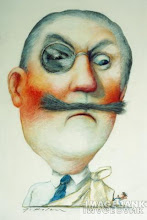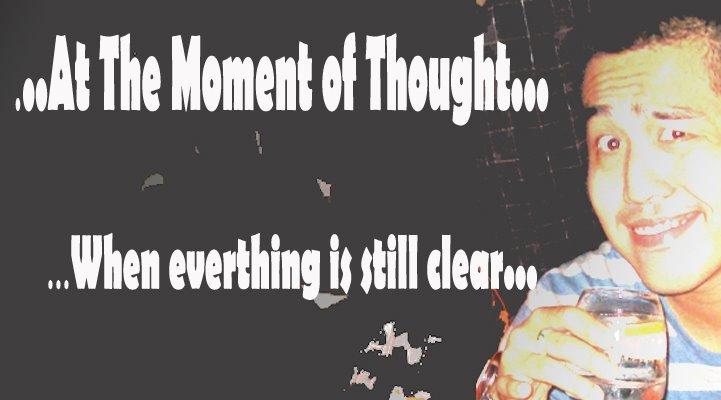Parents always resort to restrictive communication because it is the easiest to do to their children but they have forgotten the fact that every child born with a rebellious instinct. The more you push, the harder they bounced, and when that happens, it will follow them and haunts the parents until the child moves in adulthood or when the child is able to reason independently, well.
Friday, October 16, 2009
MHO:Turning Intention into Behavior…
People looks up to role model, especially teenagers. The trend of celebrity adoration among teenagers is emerging, and is parallel with the increased focus of marketing activities targeting at this particular youth segment. It also fueled the increased application of product endorsers in marketing program to sell to the product.
Product endorsement has become ubiquitous among the marketers, and is believed to be able to transfer positive image of the celebrity / endorsers to product; thus creating favorable perceived image of the product among the target consumers. The question left unanswered is, “Is it effective in creating sales?”
Role model can influence the target audience in many ways. They can influence the audience psychologically such as making the audience feels the same as you feel (e.g. pride, classy, pretty etc) when using an endorsed product, and it can only happen if target segment is able to identify with the endorsers.
When the product endorsers are able to allow the audience to identify with him/her, it means they are already opening the ‘door’ in them and is readily to accept what role model has got to say. However, role model has least chance to generate a higher sales volume if the psychological effect on target consumers is not able to turn that into a behavioral pattern.
Inducing a behavioral change needs more than a psychological effect, and it is believed (at least, I believe) it requires more than just a communication (the same actually applies to any marketing communication that intends to create trial among the target consumers), it requires more than just being able to identify with the target audience.
It has actually required the product and the product endorsers to consistently convince the audience that the product can solve their problem. We must remember that when an endorser sell a product on the platform of ‘classy’, for example, it does not just mean to build awaken the consumers that they need classiness but it is actually trying to tell those who has low self-esteem that, “don’t worry. We have got just a product right for you, and you can be me”…
To be able to turn an intention into an actual behavior, the communication needs to work harder, and make sure it helps to architect the image of role model in the mind of consumer, and when consumers start to develop a favorable image on the role model, Pseudo interaction can be formed (when consumers can identify strongly with the role model). When consumers start to believe in the role model, it creates an urge to quickly turn that intention into a behavior – when that happens, you are done 80% of your work; the remaining left unattended is relying on the power of your BTL activities in pulling the consumers.
Product endorsement has become ubiquitous among the marketers, and is believed to be able to transfer positive image of the celebrity / endorsers to product; thus creating favorable perceived image of the product among the target consumers. The question left unanswered is, “Is it effective in creating sales?”
Role model can influence the target audience in many ways. They can influence the audience psychologically such as making the audience feels the same as you feel (e.g. pride, classy, pretty etc) when using an endorsed product, and it can only happen if target segment is able to identify with the endorsers.
When the product endorsers are able to allow the audience to identify with him/her, it means they are already opening the ‘door’ in them and is readily to accept what role model has got to say. However, role model has least chance to generate a higher sales volume if the psychological effect on target consumers is not able to turn that into a behavioral pattern.
Inducing a behavioral change needs more than a psychological effect, and it is believed (at least, I believe) it requires more than just a communication (the same actually applies to any marketing communication that intends to create trial among the target consumers), it requires more than just being able to identify with the target audience.
It has actually required the product and the product endorsers to consistently convince the audience that the product can solve their problem. We must remember that when an endorser sell a product on the platform of ‘classy’, for example, it does not just mean to build awaken the consumers that they need classiness but it is actually trying to tell those who has low self-esteem that, “don’t worry. We have got just a product right for you, and you can be me”…
To be able to turn an intention into an actual behavior, the communication needs to work harder, and make sure it helps to architect the image of role model in the mind of consumer, and when consumers start to develop a favorable image on the role model, Pseudo interaction can be formed (when consumers can identify strongly with the role model). When consumers start to believe in the role model, it creates an urge to quickly turn that intention into a behavior – when that happens, you are done 80% of your work; the remaining left unattended is relying on the power of your BTL activities in pulling the consumers.
Subscribe to:
Comments (Atom)




